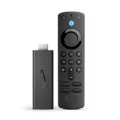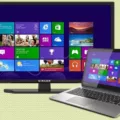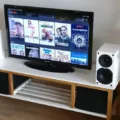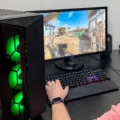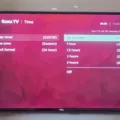As technology continues to advance, more and more people are switching to digital TV. While digital TV provides viewers with a clearer picture and better sound quality, it can also be frustrating when the signal is weak. Weak signals can cause the picture to freeze or become pixelated, and can even cause the TV to lose the signal altogether. Fortunately, there are several ways to boost your digital TV signal.
1. Check Your Antenna – Make sure that your antenna is properly positioned and is pointing towards the transmission tower. If your antenna is old or damaged, it may need to be replaced.
2. Use a Signal Amplifier – A signal amplifier can help to strengthen your digital TV signal. This device is placed between your antenna and your TV and works by boosting the signal before it reaches your TV.
3. Install a TV Antenna Booster – A TV antenna booster is a device that amplifies the signal from your antenna. This can help to enhance the signal strength and improve the quality of your digital TV picture.
4. Use a High-Gain Antenna – A high-gain antenna has a stronger signal than a regular antenna. This type of antenna is designed to pick up weaker signals and can be especially useful if you live in a rural area or if the transmission tower is far away.
5. Adjust Your Antenna – The position of your antenna can affect the strength of your digital TV signal. Try adjusting the position of your antenna to see if it improves the signal strength.
6. Remove Obstacles – Objects such as trees, buildings, and hills can block your digital TV signal. If possible, try to position your antenna so that it has a clear line of sight to the transmission tower.
7. Use a Coaxial Cable – A coaxial cable is the cable that connects your antenna to your TV. Using a high-quality coaxial cable can help to improve the strength of your digital TV signal.
8. Eliminate Interference – Interference can be caused by a variety of factors, including other electronic devices and nearby power lines. Try to eliminate any potential sources of interference to improve your digital TV signal.
9. Use a TV Signal Booster – A TV signal booster is a device that amplifies the signal from your antenna. This can help to enhance the signal strength and improve the quality of your digital TV picture.
10. Check for Software Updates – Some digital TV receivers may require software updates in order to function properly. Check for updates regularly to ensure that your receiver is up-to-date.
There are several ways to boost your digital TV signal. By following these tips, you can improve the quality of your digital TV picture and enjoy a clear and uninterrupted viewing experience.
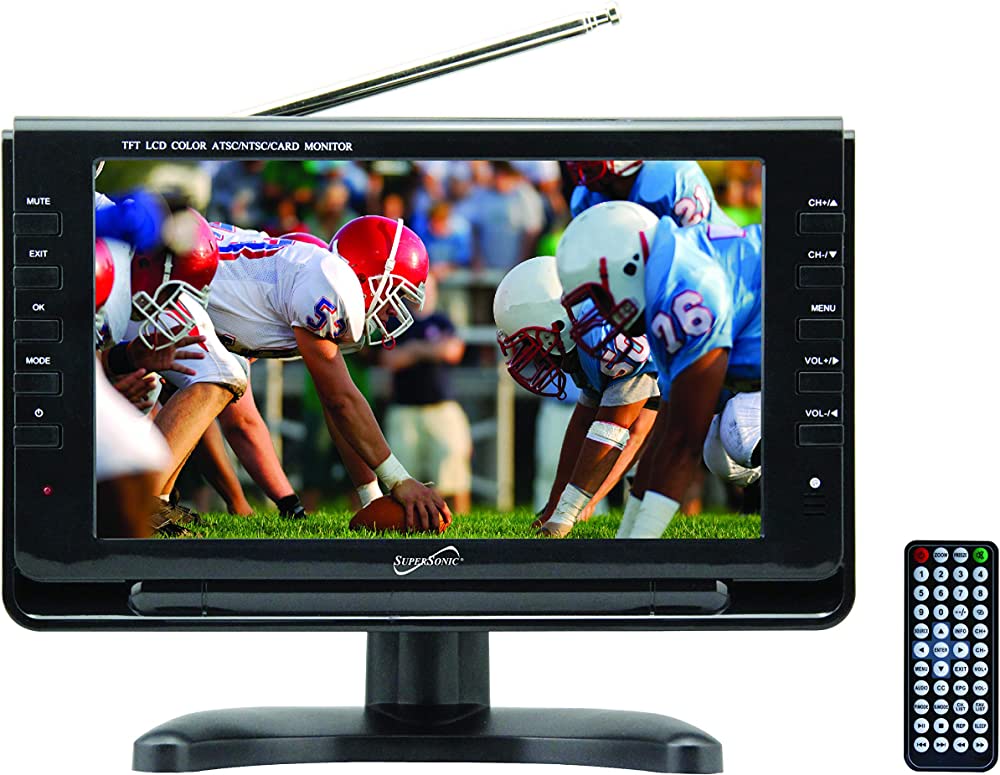
Improving Digital TV Signal Quality
To fix a poor digital TV signal, you can try the following steps:
1. Check with the TV station: Digital TV stations often have information on their websites about the strength of their signal in different areas. By checking with the TV station, you can determine if the problem is with their signal or with your equipment.
2. Check your location settings: Your location settings may be incorrect, which can result in poor reception. Check that your TV or set-top box is set to the correct location to ensure you are receiving the strongest signal possible.
3. Check equipment in your house: Check that all cables and connections are secure and in good condition. If you are using an antenna, make sure it is properly installed and pointing in the right direction.
4. Re-tune your TV or set-top box: If you have recently moved or there have been changes to the TV stations in your area, you may need to re-tune your TV or set-top box to receive the new channels.
5. Check for outside interference: Outside interference from other electrical devices, such as microwaves or cordless phones, can disrupt your TV signal. Try moving these devices away from your TV or set-top box to see if the signal improves.
6. Get professional help: If you have tried all of the above steps and are still experiencing poor digital TV signals, it may be time to call in a professional. A qualified TV technician or antenna installer can help diagnose and fix the problem.
Boosting TV Antenna Signal Strength
Improving the signal strength of your TV antenna is crucial if you want to enjoy your favorite TV shows without any interruptions. Here are some tips that can help you boost your TV antenna signal strength:
1. Adjust the position of your antenna: Your antenna’s position plays a significant role in determining the signal strength. To get the best reception, try adjusting the position of your antenna to different areas around your home.
2. Switch to an outdoor or attic antenna: Outdoor or attic antennas are designed to receive signals better than indoor antennas. If you are experiencing poor signal strength, consider switching to an outdoor or attic antenna.
3. Keep the cable away from power cords: Avoid running your antenna cable parallel to any power cords as it can interfere with the signal. Instead, run your cable perpendicular to the power cords.
4. Upgrade your cable splitters: If you have multiple TVs connected to your antenna, make sure you are using high-quality cable splitters. Older or low-quality splitters can weaken signal strength.
5. Install an antenna rotator: If you live in an area where the signal strength varies, consider installing an antenna rotator. It will allow you to adjust the antenna’s position without having to climb on the roof.
6. Use a signal amplifier: A signal amplifier can boost signal strength and improve reception. However, be careful not to use it if your signal is already strong as it can cause interference.
7. Clear any obstructions: Trees, buildings, or other obstructions can interfere with the signal, so try to position your antenna away from any obstacles.
8. Check for interference: Wireless devices, microwaves, and other electronic devices can cause interference with your antenna signal. Try turning off any nearby devices to see if it helps.
9. Use a high-quality coaxial cable: A high-quality coaxial cable can ensure the signal is delivered without any loss. Avoid using low-quality or damaged cables.
10. Check your TV’s settings: Make sure your TV’s settings are optimized for receiving OTA signals. Some TVs have a signal booster feature that you can turn on to improve reception.
Troubleshooting Digital TV Picture Break Up
There are several reasons why your digital TV picture may break up or pixelate. One common reason is a weak signal, which can be caused by several factors such as distance from the broadcasting tower, interference from other electronic devices, weather conditions, or a poorly installed antenna or cable. Another reason may be outdated equipment, which can cause compatibility issues with newer digital signals. In addition, outdated software or firmware can cause glitches and interruptions in the picture. it is possible that there are technical issues with your television or cable box that need to be addressed. To troubleshoot this issue, it is recommended to check all connections, ensure that your equipment is up-to-date, and seek assistance from a professional if necessary.
Conclusion
Boosting your digital TV signal is crucial to ensure you have a clear and uninterrupted viewing experience. There are several self-help measures that you can take to improve your TV reception, such as checking your location settings, and equipment, and re-tuning your TV or set-top box. Additionally, you can install an outdoor or attic antenna, keep the cable away from power cords, upgrade your cable splitters, and even install an antenna rotator to improve your signal. However, if you are still experiencing issues, it may be best to seek professional help. By following these tips and taking the necessary steps, you can enjoy your favorite TV shows without any interruptions caused by a weak signal.

